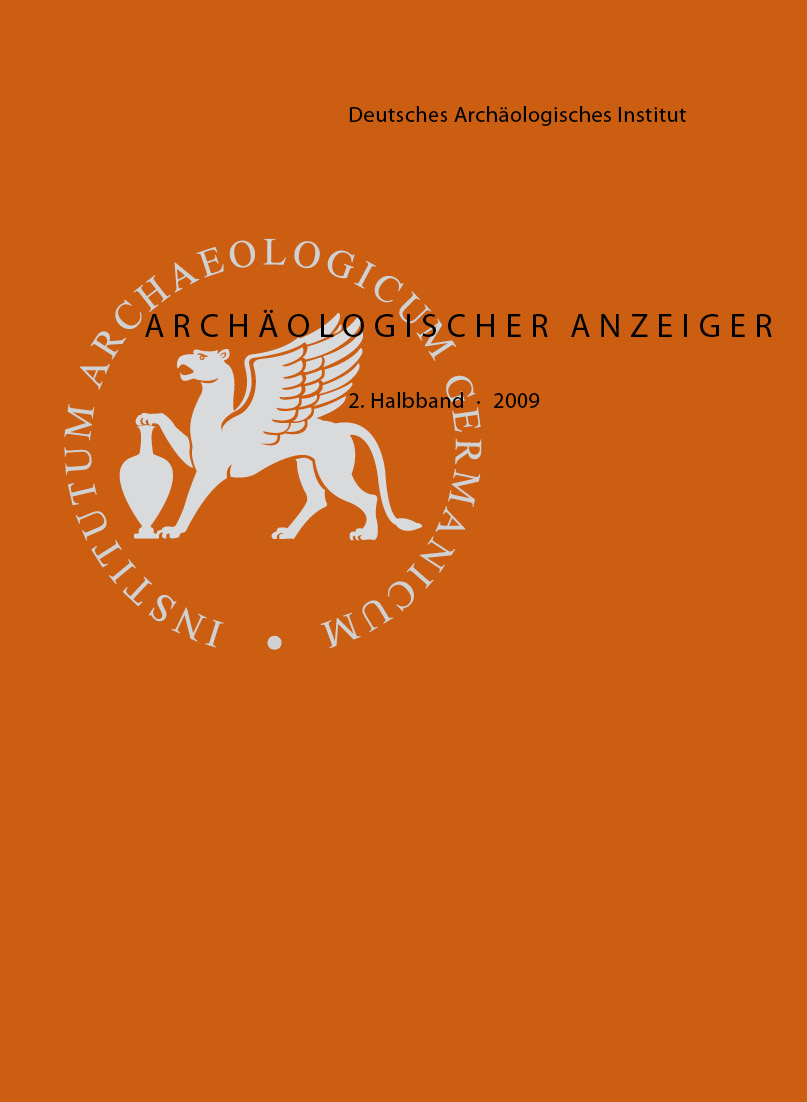Carians in Miletus: On a Small, Late Classical Bowl with a Carian Graffito from Miletus
https://doi.org/10.34780/0f1r-6ab0
Abstract
The discovery of the first graffito in the Carian alphabet from Miletus is the starting point for an investigation into the traces of the presence of the Carians in Miletus and southern Ionia.The picture that emerges is a multifaceted one of a complex interrelationship between the Carians and the ›Ionian‹ Greeks, who had arrived in several migration waves since the late Bronze Age. In particular the written sources, firstly the Hittite annals (16th – early 12th century B.C.) but above all Homer and the fragmentary records of the so-called Ionian Migration (from the 8th century B.C. on) provide evidence of a relationship of conflict which begins in the 12th century B.C. at the latest (Miletus VII, ca. 1180–1050 B.C.) and ends, at least in Miletus, in the almost total assimilation of the Carian population among the Greek, while the Carian hinterland was able by and large to remain culturally independent until well into the 4th century B.C. The graffito, on the basis of the Atticizing black- glazed bowl on which it is incised, can be dated to the beginning of the 4th century B.C., hence the late period of use of the Carian script. The inscriber may have been a Carian who came to Miletus from the Carian hinterland and acquired Milesian citizenship. It was found in the classical precursor of the structure known as Heroon III; the later construction phases of this preceding structure display links with the Apollo Didymeus cult. In the Archaic period the syncretic, Carian-Greek oracular god Apollo Didymeus was worshipped probably as the Carian god ntro- prŋida- (›Apollo Branchideus‹) in the sanctuary of Branchidai/Didyma, which belonged to Miletus, and possibly also in the af- filiated sanctuary of the god at Naukratis, Egypt.
Keywords:
Miletus, Carians, graffito, black- glazed ware, Apollo Branchideus, Zeus-Tarhunt





